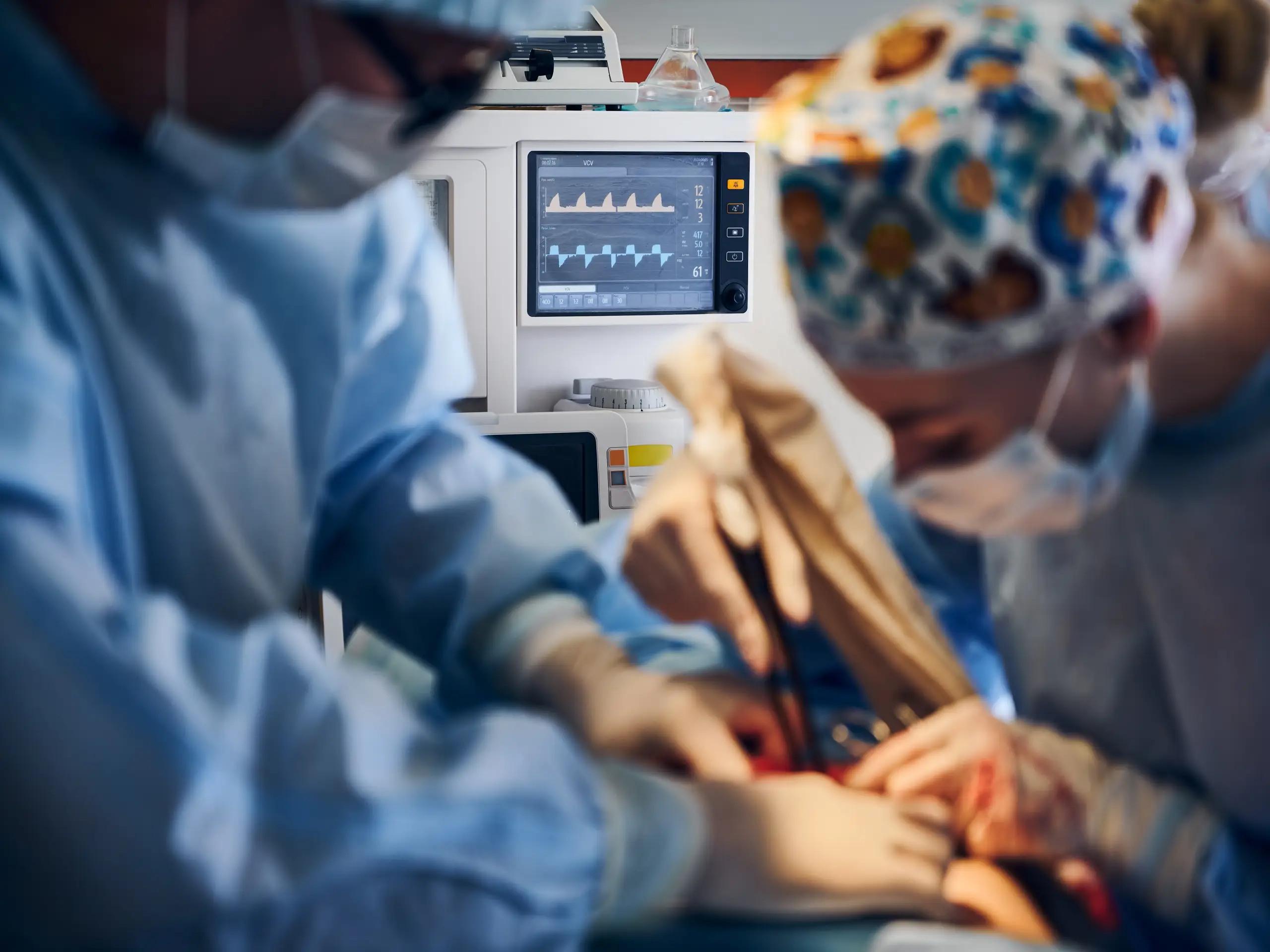Technological Advancements And Emerging Trends On Electrocardiogram
- Blogs
- Posted on
-
by scanrayadmin
- 4 comments

Blogs
Home/ Blogs
TECHNOLOGICAL ADVANCEMENTS AND EMERGING TRENDS ON ELECTROCARDIOGRAM

The electrocardiogram (ECG) is a ubiquitous tool in clinical medicine that has been used by cardiologists and non-cardiologists for years. ECG monitoring provides a window into the structural and physiological condition of the heart as well as provides valuable diagnostic signs for systemic conditions.
Recent researches and trends demonstrate the inclination of ECG monitoring towards wearable and wireless systems, which can even be combined with advanced computing technologies and artificial intelligence (AI) tools to enable better diagnosis. Such ECG monitors offer potential applications in home telecare and ambient assisted living to monitor the aged population living at home. Further applications of continuous ECG recording embedded in armchairs have been studied recently, developing capacitive electrodes and conductive fabrics. The telemetry and communication systems advancements have enabled the processed data transfer directly to the hospital server or smartphone for improved healthcare service. The wearable ECG monitors have potential applications in sports medicine, fetal ECG monitoring, ambulatory monitoring, and continuous monitoring of patients with hypertension, cardiovascular diseases, and surgical interventions. The wireless ECG system ensures the user’s freedom of movement and performs their everyday activities; otherwise would be hindered due to wires and bulky instrumentation. In addition, the development of AI-based algorithms for automatic ECG classification and its artifacts can reduce the misdiagnosis problems and the need for the live presence of doctors.
Researchers on textile electrodes enhance the naturalness and comfort perception without skin preparation. Thus, avoiding skin irritation due to the adhesive materials would significantly reduce patient discomfort and may be adopted in clinical applications and commercial systems in the near future. Also, extensive research has been carried out in non-clinical applications like wrist-worn smartwatches that monitor basic cardiac parameters. This single lead ECG in smartwatches capable of detecting atrial fibrillation has shown a strong correlation with a standard three-lead ECG system, demonstrating its potential opportunities for cardiac disease diagnosis.
The technological advancements and product innovations in the development of ECG devices are likely to propel market growth. Therefore ECG will remain a vital tool in the diagnostic cardiology toolbox, and its presence is expanding across inpatient, outpatient, and home settings.
Author: Dr. Arathy R
Senior Design Engineer, Advanced Technologies
Research and Development


I am 6 feet tall and 220 lbs. This shirt fit me perfectly in the chest and shoulders. My only complaint is that it is so long! I
like to wear polo shirts untucked. This shirt goes completely past my rear end. If I wore it with ordinary shorts, you
probably wouldnt be able to see the shorts at all – completely hidden by the shirt. It needs to be 4 to 5 inches shorter
in terms of length to suit me. I have many RL polo shirts, and this one is by far the longest. I dont understand why.
If I wore it with ordinary shorts, you
probably wouldnt be able to see the shorts at all – completely hidden by the shirt. It needs to be 4 to 5 inches shorter
in terms of length to suit me. I have many RL polo shirts, and this one is by far the longest. I dont understand why.
My husband always says that the Lauren polos fit better and last longer than any other brand.I love the new “heathered” color and the price is always excellent through shop
This site browses very quickly, do you have any other demo templates?